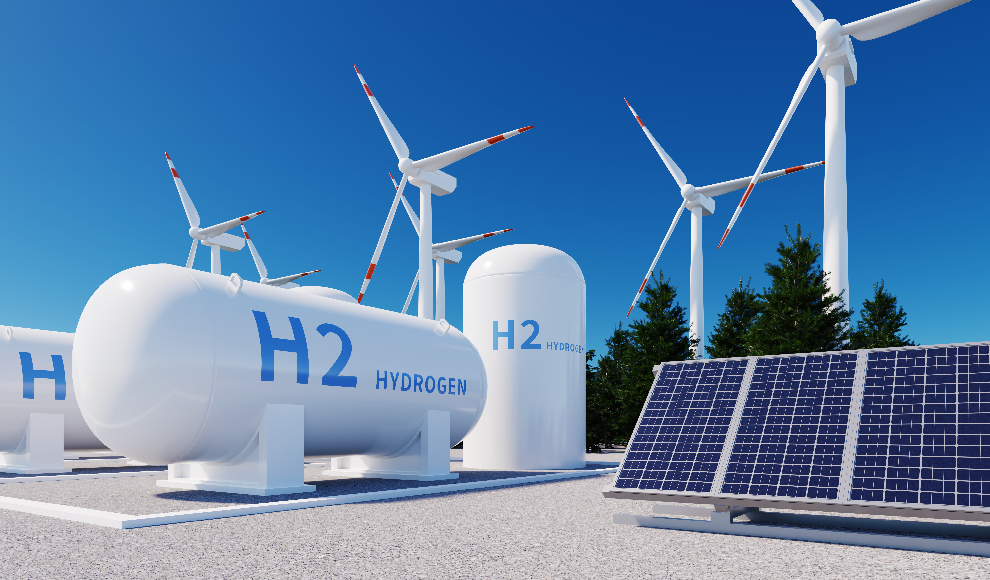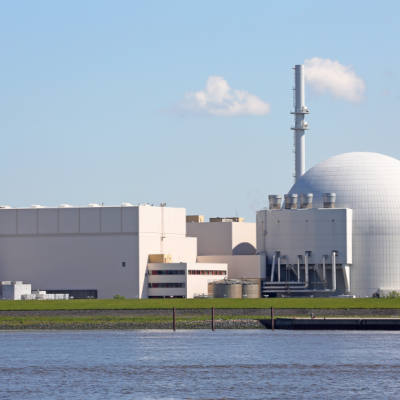A new method for producing green hydrogen has been developed by researchers at the Brookhaven National Laboratory and the University of Kansas. The team used Pulsed Radiolysis experiments to reveal the complete reaction mechanism for a group of catalysts, which could simplify the separation of hydrogen and oxygen molecules. The findings could form the basis for producing pure hydrogen from renewable energy sources. The researchers focused on a catalyst based on a Pentamethylcyclopentadienyl-Rhodium complex, which could be used to stabilise a variety of catalytic cycles. The team hopes that the work will lead to improvements in other catalysts and systems that rely on Cp*-ligands.
To produce hydrogen, water molecules must be separated into hydrogen and oxygen molecules. This is typically done through electrolysis, a chemical process that requires a lot of energy. However, researchers at the Brookhaven National Laboratory and the University of Kansas have developed a new method that could simplify the separation of hydrogen and oxygen molecules. Using Pulsed Radiolysis experiments, the team revealed the complete reaction mechanism for a group of catalysts, which could form the basis for producing pure hydrogen from renewable energy sources.
The researchers focused on a catalyst based on a Pentamethylcyclopentadienyl-Rhodium complex, which could be used to stabilise a variety of catalytic cycles. The team hopes that the work will lead to improvements in other catalysts and systems that rely on Cp*-ligands. The findings could also have implications for other chemical processes beyond the production of clean hydrogen. The Mena-Region, which has a high potential for solar energy and solar thermal, could produce hydrogen and sell it to industrialised countries instead of producing it in Europe. The researchers hope that their work will lead to further improvements in the production of clean energy.










